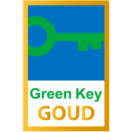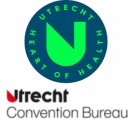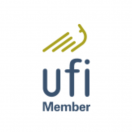Let op, na het opslaan kunt u zelf geen wijzigingen meer doorvoeren. Controleer eerst of u alle informatie in alle tabbladen goed hebt ingevuld voordat u uw event opslaat.
Zoeken
Due to the holidays, we will be unavailable by phone, chat and email through December 29. We wish you happy holidays and a sparkling 2025!









